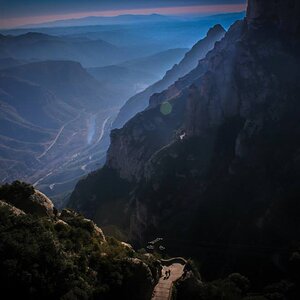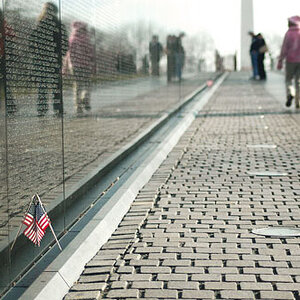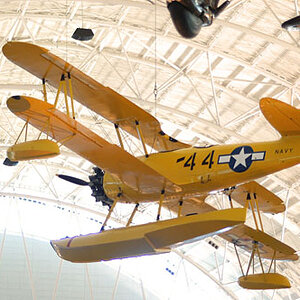Lannabulls
TPF Noob!
Hi everybody,
photoshop cs6
have a look please at the 3 photos that i attach
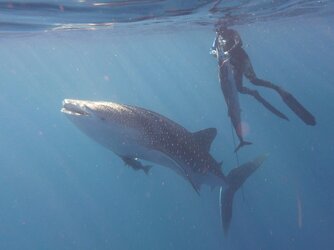
- 1st Photo "original_photo_2", the original one
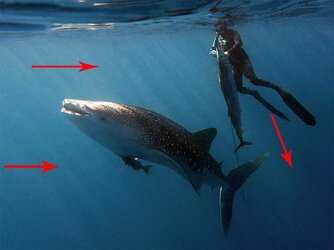
- 2nd Photo "correct_photo_2_adj_layers"
here i clean dusty points with hiling brush and clone stamp tool than i apply some adjustment layers: exposure, channel mixer, photo filter and levels
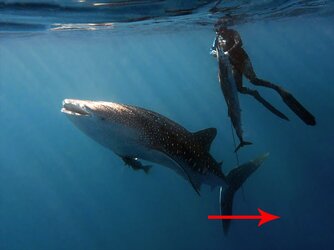
- 3th Photo "correct_photo_2_adj_layers_bscatter"
here i applied the same adjustmment layers as mentioned above than a noise>dust and scratches filter plus the history brush tool to reduce back scattering.
Did you notice the digital noise (ie, like film grain) that i point at with red arrows, it becomes noticeable in the 2nd photo after i apply the adjustment levels.
I was able to remove some as you can see in 3th photo applying after adjustment layers, noise>dust and scratches filter plus the history brush tool, the history brush tool allow me to remove back scattering too and also some that digital noise.
Cause the digital noise increases so much becoming a noticeable problem after i apply adjustment layers, can you explain to me please the correct way to correct this photo, the proper tecnique that allow the correction, at the same time retaining that nice rays of sunlight effect, the bands of light coming down from the surface that, once adjustment layeras are applied turn in digital noise.
If i apply noise>dust and scratches filter plus the history brush tool, the noise filter with higher value, i appplied 5 px, i'm alble to deal with digital noise delating it much more however i'm going to delate the bands of light coming down from the surface too ending up in a a very flat background.
Sorry about my poor written english
Thank a lot!
photoshop cs6
have a look please at the 3 photos that i attach

- 1st Photo "original_photo_2", the original one

- 2nd Photo "correct_photo_2_adj_layers"
here i clean dusty points with hiling brush and clone stamp tool than i apply some adjustment layers: exposure, channel mixer, photo filter and levels

- 3th Photo "correct_photo_2_adj_layers_bscatter"
here i applied the same adjustmment layers as mentioned above than a noise>dust and scratches filter plus the history brush tool to reduce back scattering.
Did you notice the digital noise (ie, like film grain) that i point at with red arrows, it becomes noticeable in the 2nd photo after i apply the adjustment levels.
I was able to remove some as you can see in 3th photo applying after adjustment layers, noise>dust and scratches filter plus the history brush tool, the history brush tool allow me to remove back scattering too and also some that digital noise.
Cause the digital noise increases so much becoming a noticeable problem after i apply adjustment layers, can you explain to me please the correct way to correct this photo, the proper tecnique that allow the correction, at the same time retaining that nice rays of sunlight effect, the bands of light coming down from the surface that, once adjustment layeras are applied turn in digital noise.
If i apply noise>dust and scratches filter plus the history brush tool, the noise filter with higher value, i appplied 5 px, i'm alble to deal with digital noise delating it much more however i'm going to delate the bands of light coming down from the surface too ending up in a a very flat background.
Sorry about my poor written english
Thank a lot!
Last edited:


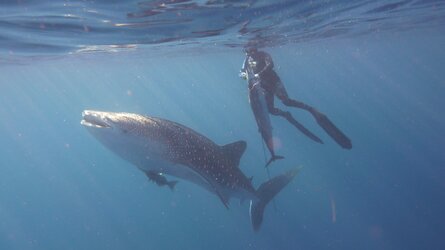

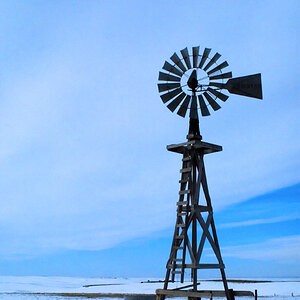
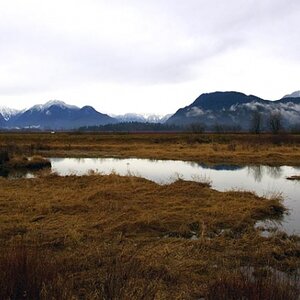
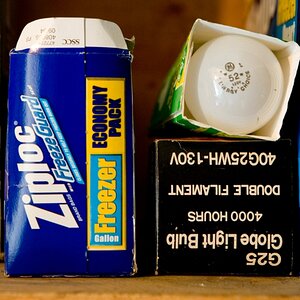
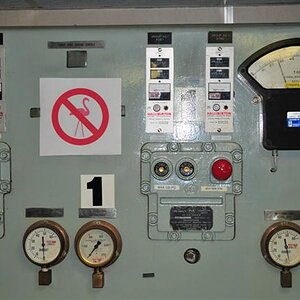
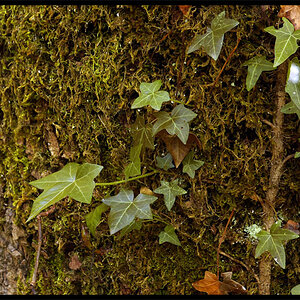
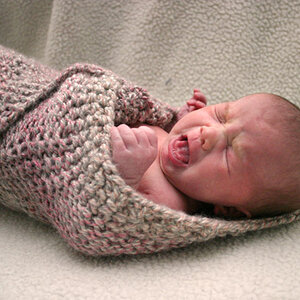
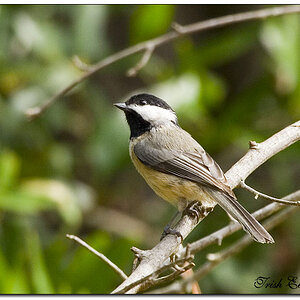
![[No title]](/data/xfmg/thumbnail/32/32179-99b00fe3df8a5ed7303ced76980128fd.jpg?1619735235)
